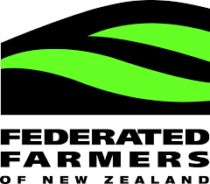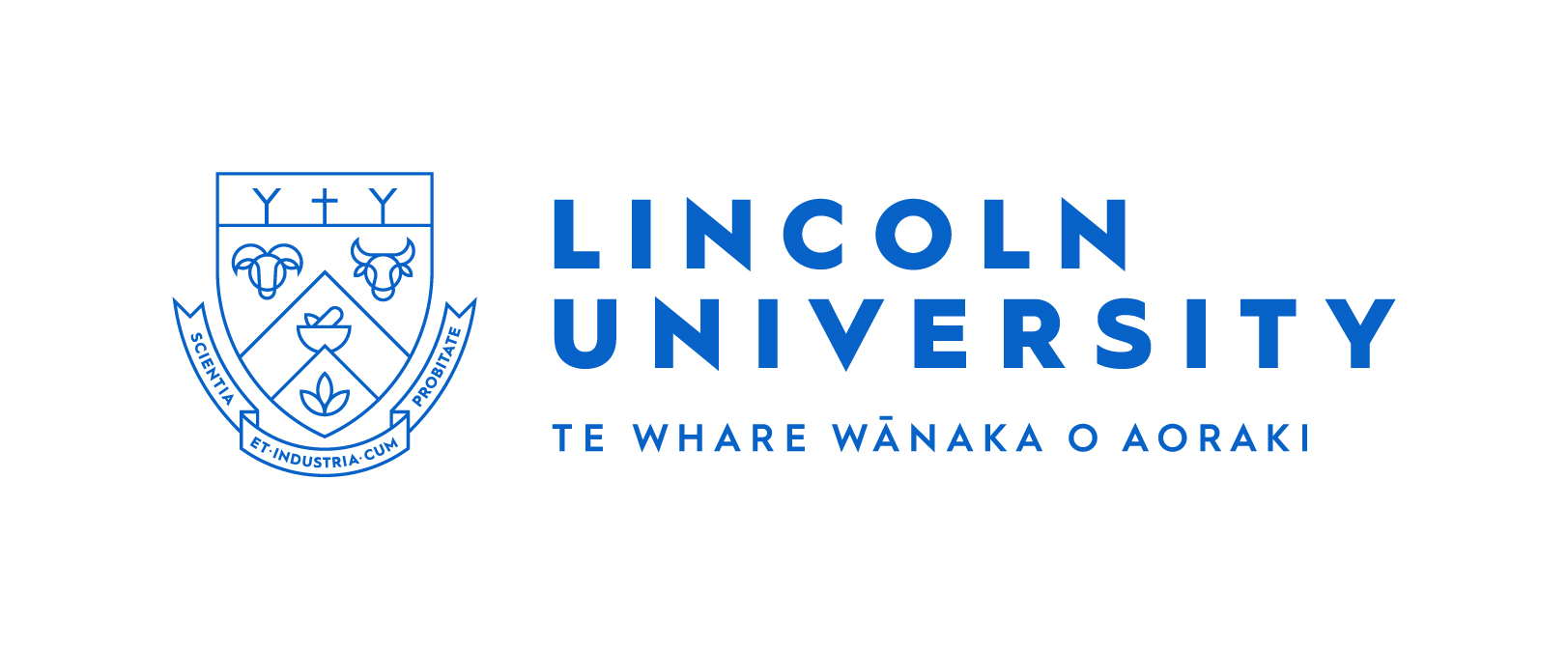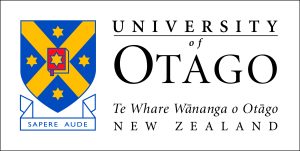Plant & Food Research today has reported on research aimed at finding new, low-cost methods to supplement biosecurity surveillance programmes…
Costly surveillance programmes protect New Zealand’s biodiversity and horticulture industry from devastating insect pests entering on imported produce. Detection programmes also ensure the country’s exports are pest-free, a requirement for access to international markets.
This surveillance is challenging, relying mainly on visual inspection of fruit and vegetables that is not always reliable in detecting unwanted pests at the early stages of infestation.
New, low-cost methods are needed to supplement our current surveillance programmes. Detecting odours characteristic of insect infestation is an alternative approach that could be integrated into electronic sensor devices.
In this study, researchers at Plant & Food Research collected odours released by apples that had been deliberately infested with codling moth larvae, one of the main pests present in New Zealand apple orchards. Parallel research relating to Queensland fruit fly was carried out with researchers in New Caledonia. Queensland fruit fly is not established in New Zealand at present but is considered the number one threat to our horticulture sector.
Importantly, the results showed that the pattern of odours could be used to distinguish apples infested with codling moth or Queensland fruit fly from non-infested fruit. These results demonstrate that identifying infested fruit by odour detection is feasible, paving the way for development of electronic sensors, according to Dr Mas, the principal investigator.
Currently Dr Mas and colleagues are looking to use odour detection to screen for the presence of Queensland fruit fly on imported fruit from Australia. This work is contributing to development of an odorant-based sensor in a project led by Plant & Food Research scientist, Dr Kralicek.
Support for this study was provided by a grant from the French Ministry of Foreign Affairs via the Pacific Fund and by Better Border Biosecurity (www.b3nz.org).
Journal Reference:
Mas F, Horner R, Cazères S, Alavi M, Suckling DM. Odorant-based detection and discrimination of two economic pests in export apples. Journal of Economic Entomology 113: 134–143 https://doi.org/10.1093/jee/toz254
Source: Plant and Food Research












